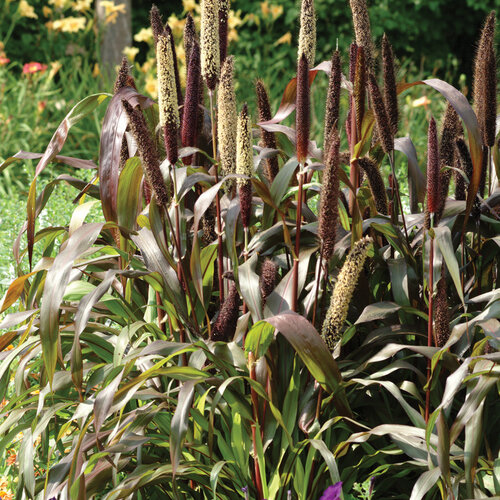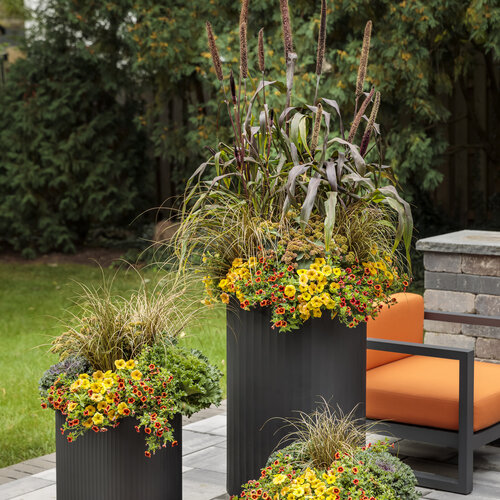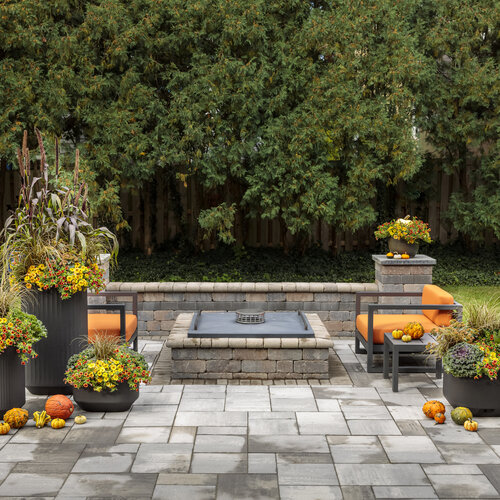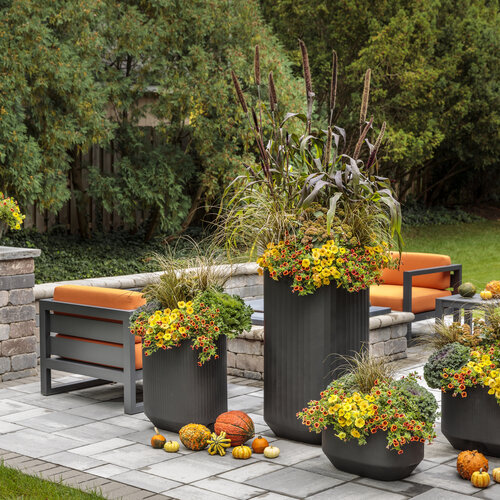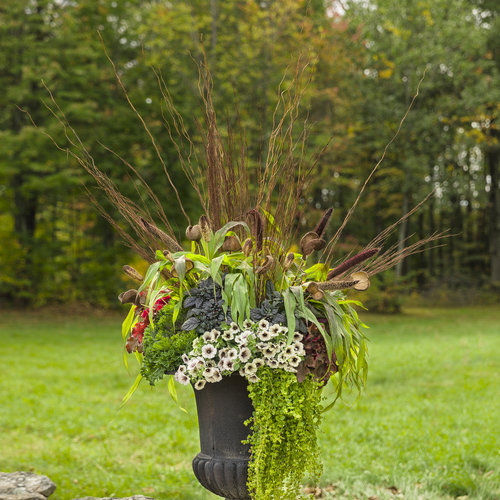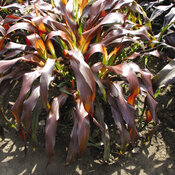Jester Millet Pennisetum glaucum
- Sun or Shade
- Fall
-
36 - 48 Inches10 - 16 Inches10 - 16 Inches91cm - 1.2m25cm - 41cm25cm - 41cm
Features
Colorful foliage.
Foliage InterestFall InterestHeat TolerantGrass:GrassCharacteristics
Plant Type:AnnualHeight Category:MediumGarden Height:36 - 48 Inches 91cm - 1.2mSpacing:10 - 16 Inches 25cm - 41cmSpread:10 - 16 Inches 25cm - 41cmFlower Colors:PinkFlower Shade:PinkFoliage Colors:RedFoliage Shade:BurgundyHabit:UprightContainer Role:ThrillerPlant Needs
Light Requirement:Sun or ShadeThe optimum amount of sun or shade each plant needs to thrive: Full Sun (6+ hours), Part Sun (4-6 hours), Full Shade (up to 4 hours).
Maintenance Category:EasyBloom Time:Planting To Hard FrostHardiness Zones:8a, 8b, 9a, 9b, 10a, 10b, 11a, 11bWater Category:AverageUses:ContainerUses:GrassUses:LandscapeUses Notes:Great in landscapes and containers.
Maintenance Notes:Jester is a warm-season grass. Warm-season grasses won't start growing until mid to late spring or even early summer. Their major growth and flowering happens when the weather is hot. They will usually turn shades of brown for the winter.
Cut back warm season grasses in fall or by mid to late spring. Warm season grasses turn shades of brown as the weather turns colder. Once your warm season grasses turn brown you can trim them back at almost any time. If you like to tidy your garden in fall or if you live in an area where fire can be problematic trim warm season grasses so they are just a few inches tall.
If you live in an area where fire generally isn't a problem you can leave the dried grasses and seed heads in your garden for winter interest. Snow or ice encrusted ornamental grasses can be quite beautiful.
If you leave the trimming until spring try to make sure to cut them back to the ground (you can leave a couple of inches) by late spring, before new growth begins.
Not all ornamental grasses look good through the winter, trim back those that don't look good in the fall.
Divide warm season grasses anytime spring through mid-summer. All ornamental grasses should be divided when they are actively growing but not while they are flowering. If the plants are dormant when they are transplanted they won't establish a good root system. Warm season grasses generally start growing in late spring or early summer and have their active growth period during the heat of the summer. Warm season grasses will tend to bloom in mid to late summer.
-
- Scenic BywayRecipe
What you'll need:
-
1
-
1
-
1
-
2
-
1
-
2
-



